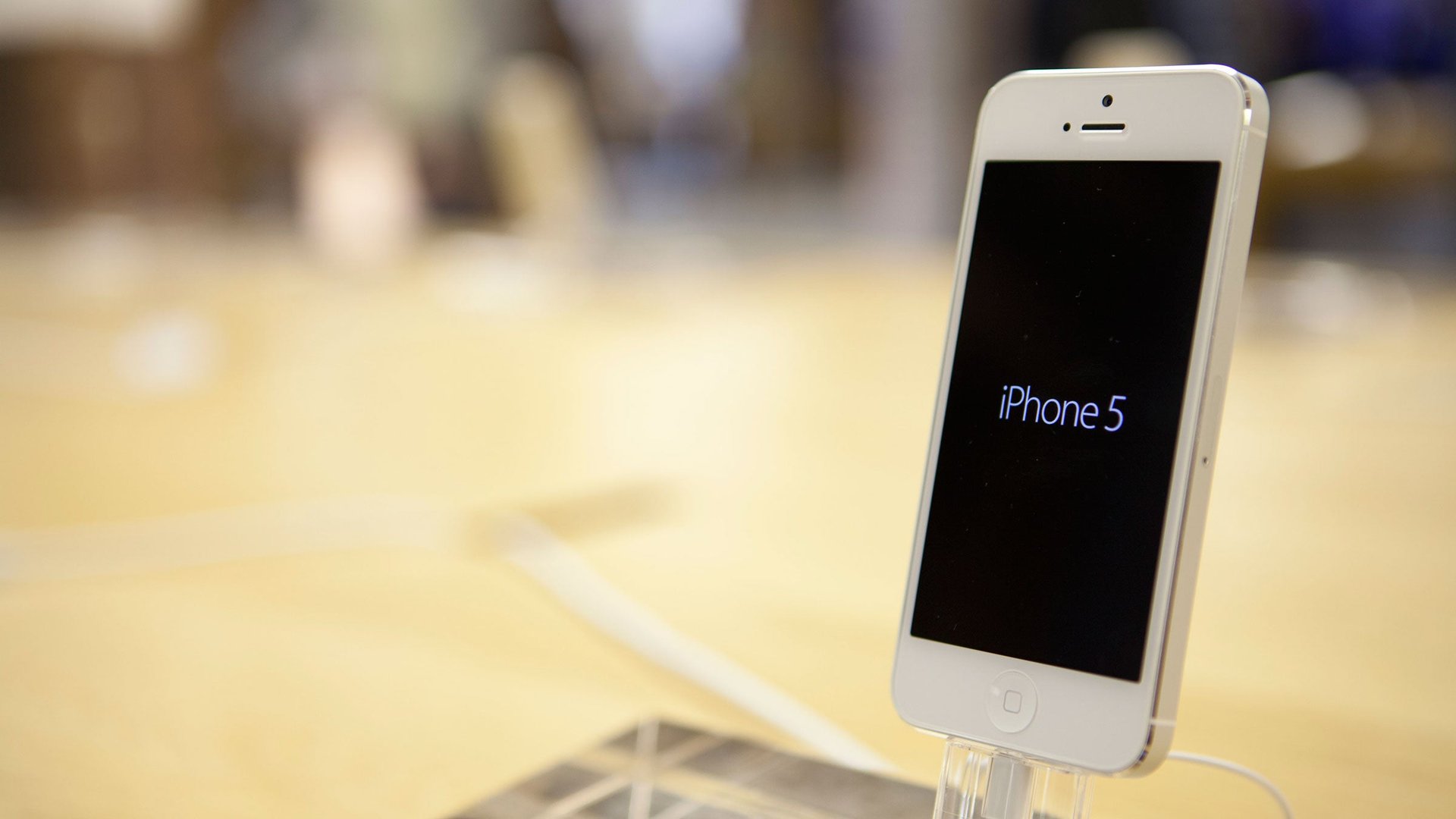iPhones or not, US retailers would still be doing OK
The launch of the iPhone 5 was so massive that it moved economic indicators, from Taiwanese exports to US retail sales. But imagine a world in which the iPhone didn’t exist. Economists and market watchers have increasingly been doing just that, to strip out the impact of Apple on everything from economic data to stock market indexes, where the company’s outsized market capitalization, earnings and stock price can exert a Jupiter-like gravitational pull.


The launch of the iPhone 5 was so massive that it moved economic indicators, from Taiwanese exports to US retail sales. But imagine a world in which the iPhone didn’t exist. Economists and market watchers have increasingly been doing just that, to strip out the impact of Apple on everything from economic data to stock market indexes, where the company’s outsized market capitalization, earnings and stock price can exert a Jupiter-like gravitational pull.
Well, despite Apple’s $584 billion market cap, the company remains just one small part of the roughly $16 trillion US economy. To get a a sense of the underlying trend in US retail sales (excluding the Apple effect), JP Morgan analysts stripped out retail sales at electronics stores and internet sites from the September data—along with the more conventional removal of gas station sales, cars and auto parts. “Retail sales growth was also relatively strong for the roughly 60% of sales away from these categories (0.6%),” wrote J.P. Morgan economists. “Retail sales in these other categories have accelerated to a 6.4% [seasonally adjusted annual rate] growth pace over the past year. In short, the recent acceleration of spending has been broad-based.”